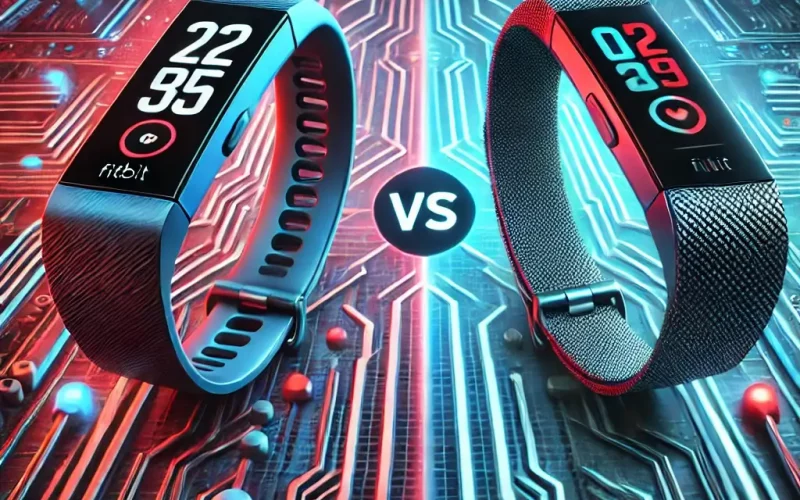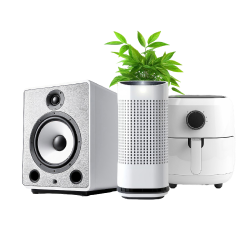Unsure whether to go for the Fitbit Sense or Sense 2? While both models share many similarities, key differences can sway your decision. In this article, I'll explore these differences to help you choose the best fit for your needs.
I’ll provide my verdict on the Fitbit Sense vs. Sense 2 and offer a detailed comparison to help you decide which tracker best aligns with your fitness goals. At the end of the article, I’ll also introduce three handpicked alternatives to these two fitness trackers, so be sure to check those out as well. Without further ado, let’s dive into the verdict!
Fitbit Sense vs Sense 2: The Verdict
Fitbit Sense 2 is the Winner
The Fitbit Sense 2 takes the lead in the race, primarily due to its upgraded continuous EDA (electrodermal activity) sensor that enables real-time stress monitoring, enhancing the overall health-tracking experience.
While the original Sense remains a robust smartwatch with a range of features, the Sense 2's improvements make it a more appealing choice for users seeking advanced health insights.
However, don’t dismiss the Original Sense entirely. It still offers a comprehensive suite of health and fitness tracking features, and for those who prioritize a wider range of smartwatch functionalities, the original model may still be the better fit.
Below, I’ll show you how each model excels and where they differ. For a detailed technical comparison, read on to the next section.
Best Overall: Fitbit Sense 2
The Sense 2 is the clear winner in the comparison, particularly for users focused on health monitoring. Its continuous EDA sensor provides a more effective way to track stress levels throughout the day, offering insights that were less accessible with the original model. The Sense 2 also features a slightly slimmer and lighter design, which makes it more comfortable for all-day wear.
Best for Health Tracking: Fitbit Sense 2
When it comes to health tracking, the Sense 2 excels with its continuous EDA monitoring, which allows it to provide timely alerts and suggestions for managing stress. On the other hand, the original Sense required users to actively engage with the EDA feature, which, in turn, limits its practicality. If health tracking is your primary concern, then go for Sense 2.
Best for Fitness Tracking: Fitbit Sense 2
Both models are equipped to track a variety of workouts and health metrics, but the Sense 2's advanced sensors and algorithms offer more accurate heart rate readings and sleep tracking. If you’re looking for a more detailed fitness experience, you will find the Sense 2 to be a better option.
Best for Budget: Fitbit Sense
If you’re tight on the budget, then the original Sense is the way to go. Believe me, its core features do not greatly differ from that of the Sense 2. It provides many of these core features available in the Sense 2 but at a lower price point. If you are not particularly interested in the continuous EDA feature, the original Sense can meet your fitness and health tracking needs without the extra cost.
Best in Design: Fitbit Sense 2
While both models have an elegant design, the Sense 2 is slightly thinner and lighter, which can make it more comfortable for extended wear. Also, the reintroduction of a physical button on the Sense 2 improves usability, especially during workouts, compared to the touch-sensitive button of the original Sense.
To find out which Fitbit best meets your needs, continue reading for a detailed technical comparison.
Fitbit Sense vs Sense 2: Detailed Comparison
Disclaimer: This is not a product review! While I’ve compiled information from multiple reliable sources and YouTube videos, I haven’t personally tested these devices.

Fitbit Sense vs Sense 2: Differences and Similarities
The Fitbit Sense and Sense 2 are both advanced health and fitness smartwatches, but they come with notable differences and similarities that may influence your purchasing decision.
Design and Build Quality
- Thickness and Weight: The Sense 2 is approximately 15% lighter and thinner than the original Sense. Specifically, the Sense 2 measures 11.4mm in thickness compared to the 12.4mm of the Sense, and the width has been reduced from 40mm to 38mm.
- Premium Build: The Sense 2 features a more premium build quality, but the stainless steel option available in the original Sense has been removed in the newer model.
User Interface and Functionality
- Physical Button: The Sense 2 introduces a physical button, replacing the pressure-sensitive button of the original Sense, making it easier to control during workouts.
- Voice Assistants: A significant change is the removal of Google Assistant from the Sense 2. Instead, it only supports Amazon Alexa, while the original Sense had both assistants.
- Music Controls: The Fitbit Sense has music controls, while the Sense 2 does not.
Health and Fitness Tracking
- Stress Monitoring: The Sense 2 incorporates a continuous EDA (cEDA) sensor for stress monitoring, which provides all-day body response tracking and notifications. In contrast, the original Sense used a passive EDA sensor that required user interaction to measure stress.
- Health Features: Both models include skin temperature tracking, an ECG app for heart rate rhythm, and an EDA scanner for stress management. However, the Sense 2 enhances the experience by providing more proactive notifications related to stress levels.
Payment and Navigation
- Payment Options: The Sense 2 replaces Fitbit Wallet with Google Wallet, which is accepted by more banks than the original Sense’s payment system. This change reflects a shift towards broader compatibility for contactless payments.
- Navigation: The Sense 2 supports Google Maps for navigation.
Fitbit Sense vs Sense 2: Is it worth the upgrade?
If you prioritize build quality and prefer Google Wallet over Fitbit Wallet, the Sense 2 might be a worthwhile upgrade. The Sense 2's thinner design, more premium materials, and wider range of accepted banks for payments could make it a compelling choice.
However, if you value Google Assistant or the stainless steel option offered by the Sense, it might be more cost-effective to stick with the original model. The Sense still provides robust health tracking features and can be a great option if you don't require the latest bells and whistles.
3 Alternatives to Fitbit Sense and Sense 2
Aether X Limited Edition Designer Smartwatch
Ultimate luxury smartwatch
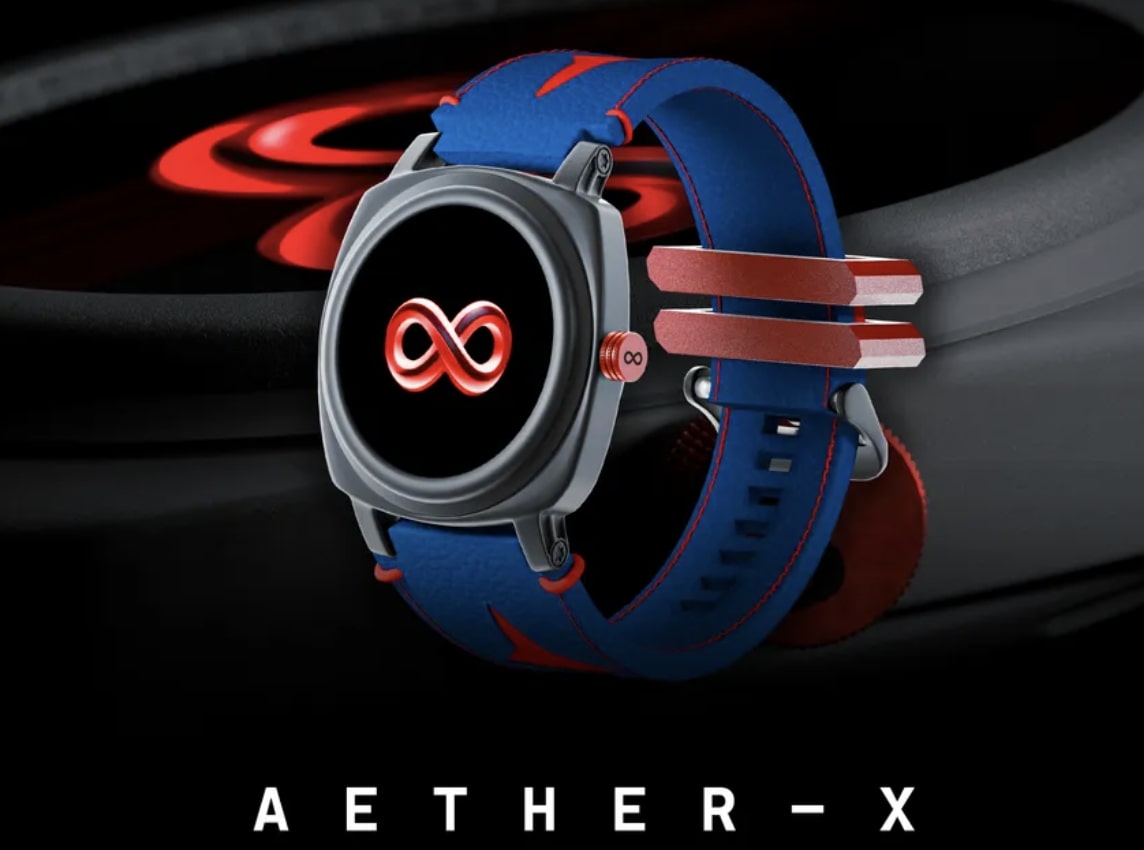
If you're after a smartwatch with a premium design and advanced health features, the highly anticipated Aether X Limited Edition Designer Smartwatch is worth considering. Even though it hasn't been released yet, it's already creating a buzz among tech enthusiasts and consumers alike.
The Aether X is a luxurious smartwatch with a modern edge. Its metallic body and genuine red patina leather strap offer a sophisticated look. Packed with advanced health tracking features and 45 sports modes, it's designed for those seeking a blend of style and performance.
You can also track your sleep patterns and manage stress effectively with its advanced sensors. With only 10,000 pieces available, this exclusive smartwatch offers free shipping and up to 25% off.
Samsung Galaxy Watch 6
Best for Samsung users
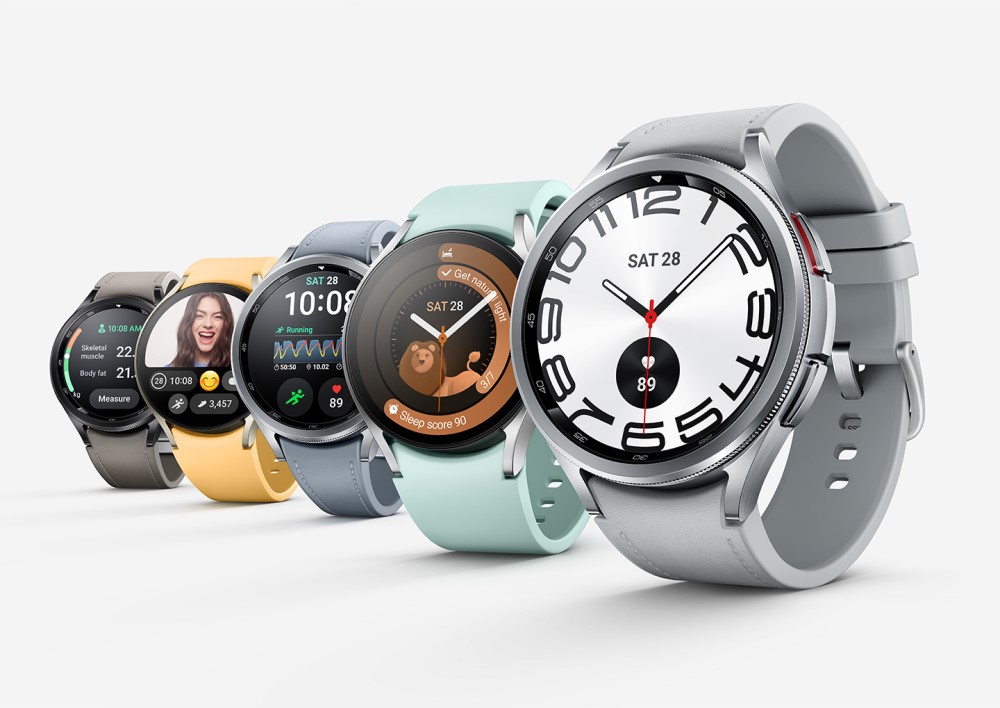
Starting at $299 for the 40mm version and $329 for the 43mm version, the Galaxy Watch 6 is a top-tier smartwatch, especially for Android and Samsung users. It excels in health tracking with features like body composition analysis and snoring detection.
It is designed to help you reach your fitness goals and offers personalized workout guidance and sleep coaching. Its stylish, large display and smart features make it a versatile companion for everyday life.
Garmin Forerunner 165
Best for running
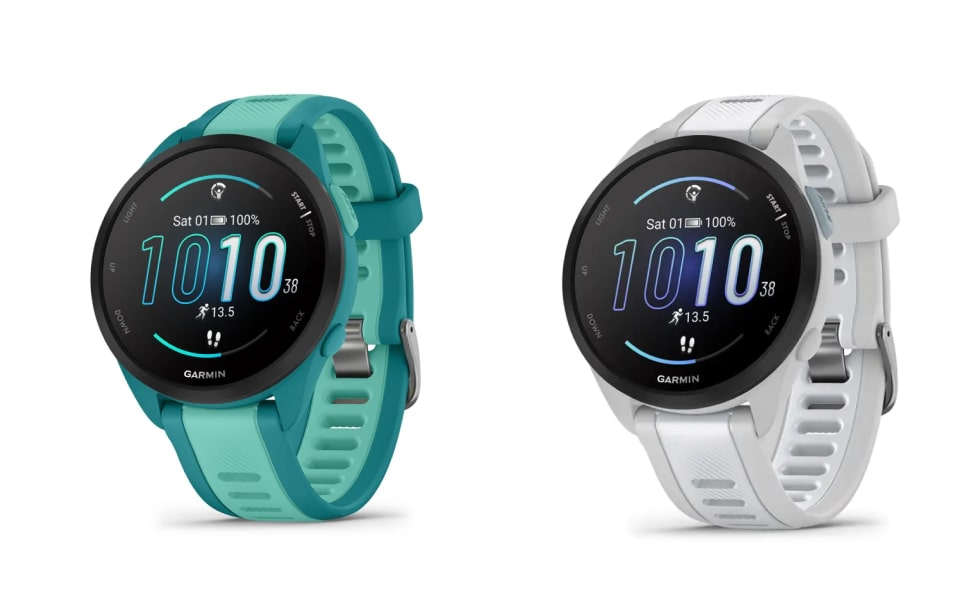
If you’re a running enthusiast, then Garmin smartwatches are for you. Garmin Forerunner leads the running watch market with a diverse selection of models. Known for its precision and extensive features, the Forerunner 165 meets the needs of most runners.
This model, which costs $249, offers a great balance between price and performance with features like accurate GPS, heart rate monitoring, and smart notifications.
Conclusion
In summary, the Fitbit Sense 2 provides a more refined experience with a lighter design, improved stress monitoring with its continuous EDA sensor, and expanded payment options through Google Wallet.
However, it falls short in some areas, missing features like Google Assistant and music controls that were available in the original Sense, which could be a drawback for some users.
Though positioned as a follow-up model, you should evaluate whether the new features meet your needs, especially with the original Sense offering a lower price and strong performance.

